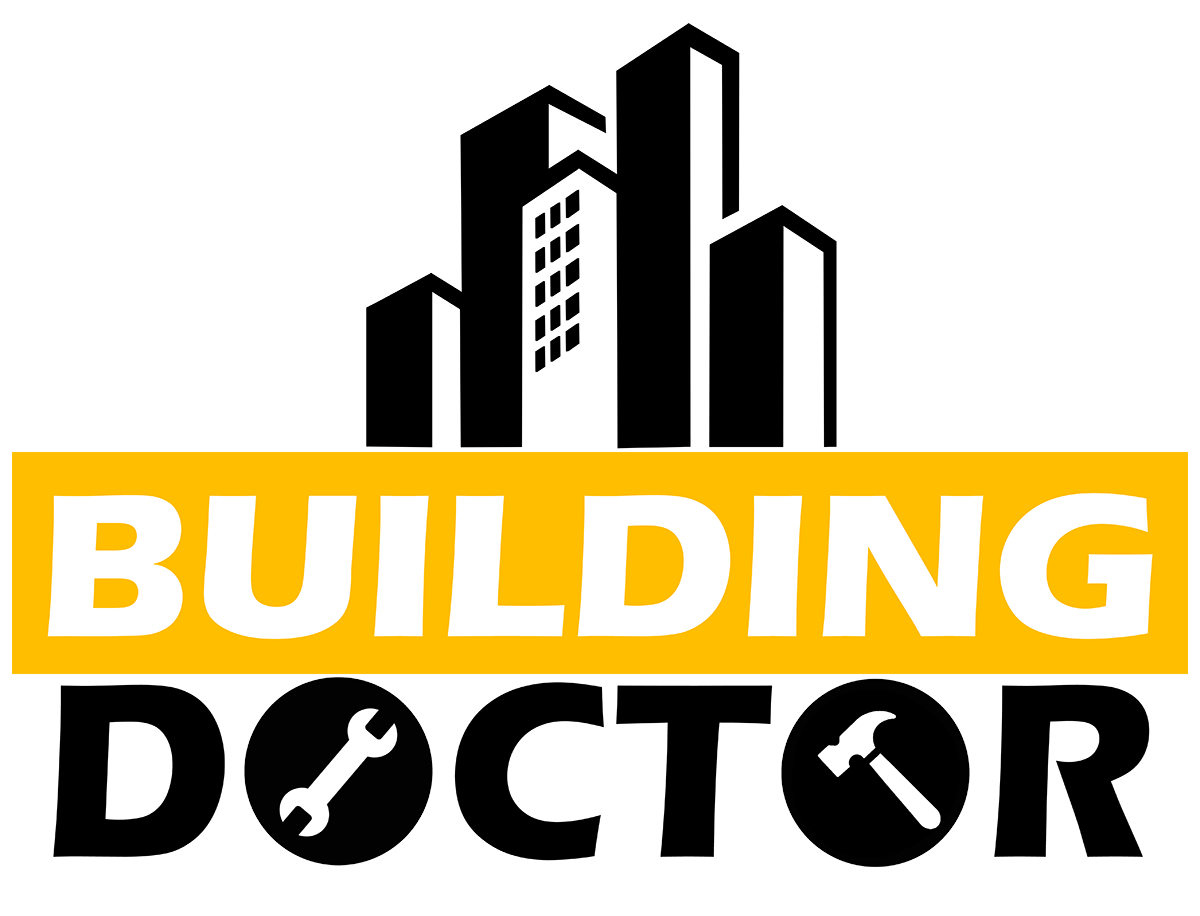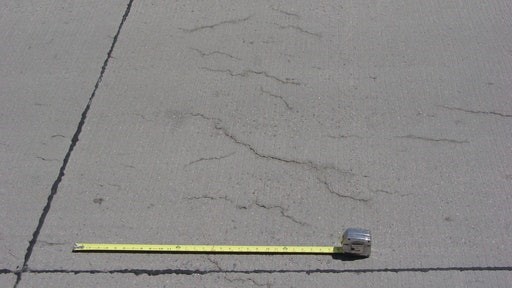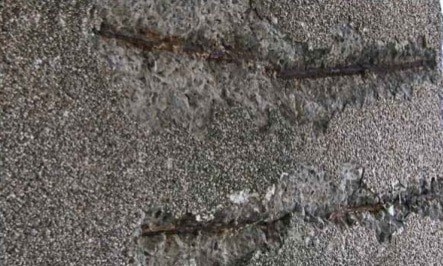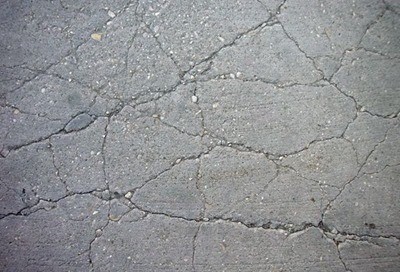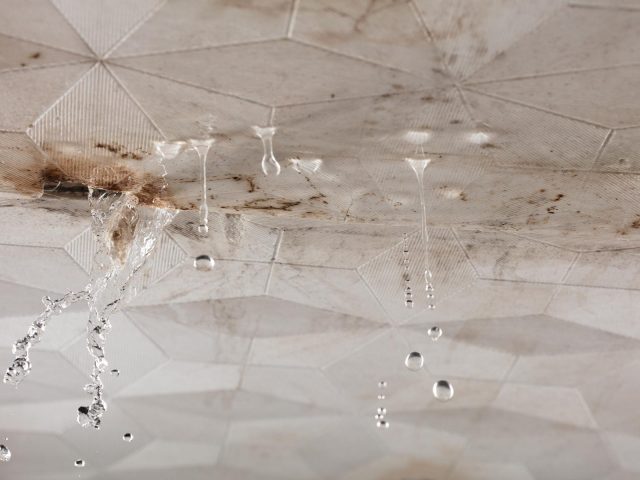Blog
Introduction
Concrete shrinkage refers to the changes in the volume of a material over time, thereby reducing the size of concrete. The change of concrete volume is due to the hydration of cement and the loss of water in the paste during the drying process of concrete. Shrinkage will affect the durability and long-term strength of concrete, and contribute to the cracking of floors and pavements. This article has discussed several types of shrinkage in concrete, namely plastic shrinkage, drying shrinkage, carbonation shrinkage, autogenous shrinkage, and thermal shrinkage as well as their prevention methods.
Types Of Shrinkages
i.Plastic Shrinkage. It is a contraction in volume due to the water flow from the hydration process and environmental conditions that stay on the surface of the wet concrete when the concrete is still in plastic condition. Plastic shrinkage can cause concrete cracks. The cracks normally appear on slabs, walls surfaces, and the circular parts in the middle of the slab such as pipes, manholes, and drains. Plastic shrinkage cracks can extend to the deep part of the slab and even the entire slab thickness if the condition is serious.
There are several prevention methods that can be employed to prevent plastic shrinkage in concrete. The methods include covering the surface with polyethylene sheeting instantly on wrapping up operation or by working at night, constructing a temporary wall to reduce wind and provide sunshades for the concrete, reducing the time between placing and beginning of curing, fog spraying the flatwork to increase the humidity level in the air and reduce evaporation process and curing the concrete as soon as possible after finishing.
Figure 1: Plastic Shrinkage [1]
ii. Drying Shrinkage. It refers to changes of hardened cement volume due to water loss. Dry shrinkage takes place in 3-4 days or maybe numerous months after concreting. Before the concrete is subjected to any form of loading, drying shrinkage will increase the tensile stress and cause cracking and external deflection. Mixing of high cement and water content, insufficient curing of concrete, improper compaction of concrete, and lack of attention to control evaporation of water from the concrete surface are factors that lead to drying shrinkage.
To prevent the occurrence of drying shrinkage, mix the concrete with materials with lower water content. Next, perform good curing on slabs. This can ensure the concrete gain better tensile capacity before drying out. Providing movement joints and enough crack control reinforcement can also help to reduce the extent of shrinkage cracking.
iii. Carbonation Shrinkage. Carbonation shrinkage occurs when concrete is exposed to air containing carbon dioxide. The carbonation shrinkage process is slow and can be observed in areas with moderate humidity. The shrinkage process will decompose some cement compounds and form carbonates. Carbonates fill up the pores and water is released during the shrinkage process. The released water promotes hydration and reduces permeability. The permeability of concrete, moisture and carbon dioxide content, grade of concrete and the depth of core are the factors that influence the rate of carbonation. When the shrinkage is restrained internally or externally, the cracks are formed.
One of the prevention methods is to add adequate contraction joints and steel detailing. Suitable joints are provided for contraction and expansion movement. The combination of concrete with appropriate detailing of steel bars can help in reducing the effect of shrinkage and controlling the development of cracks. Prolonging the curing process can also help in reducing the effect of carbonation shrinkage.
Figure 2: Carbonation Shrinkage [2]
iv. Autogenous Shrinkage. Autogenous shrinkage occurs when the external volume change of concrete or cement has no moisture transfer to the surroundings. Cement hydration reactions produce driving forces that lead to the formation of autogenous shrinkage. Volume concentration and the elastic modulus of coarse aggregates and cement content influence the formation of autogenous shrinkage.
One of the prevention methods is to substitute normal weight aggregate by 25% with volume of saturated lightweight aggregate. Another method is to decelerate the formation of the shrinkage by maintaining low temperature of the surrounding. Next, keep the concrete’s surface continuously wet. Wet curing method can prevent the formation of autogenous shrinkage by drawing the water into capillaries.
Figure 3: Autogenous Shrinkage [2]
v. Thermal Shrinkage. It is due to the thermal movement of concrete. Concrete expands with the increase of temperature and shrinks with the decrease of temperature. The changes of temperature is caused by the environmental conditions and the cement hydration. Expansion or shrinkage of concrete varies with aggregate type, cementitious material content, water cement ratio, temperature range, concrete age, and ambient relative humidity [3]. Concrete will crack when stress is generated due to the internal restraints in the concrete.
To prevent the formation of cracking due to thermal shrinkage, the heat of hydration can be reduced by using fly ash or slag for concrete mixture or portland cement that produces lower heat of hydration. Water curing methods can also be used to cool the concrete surface. Besides, the removal of insulation or formwork should be scheduled based on the temperature of concrete. In hot weather, misting slabs and pavements can help to reduce the temperature of concrete. On the contrary, curing blankets can be used to reduce heat loss during cold weather.
Conclusion
In a nutshell, shrinkage in concrete will cause some undesirable impacts to the building. It will cause the joints to crack and make them wider apart. Shrinkage that causes movement between different materials will eventually lead to interface failure. The use of low-shrinkage concrete mixtures with proper application method can help to reduce the shrinkage effects of concrete.
References
[1] Basham, K. (2014, May 28). What You Need to Know About Plastic Shrinkage Cracking. For Construction Pros. Retrieved on 27th October 2021 from https://www.forconstructionpros.com/concrete/equipment-products/repair-rehabilitation-products/article/11487540/plastic-shrinkage-cracking-in-concrete-causes-and-prevention
[2] Neenu, S. K. (n.d.). Types of Shrinkages in Concrete and its Preventions. The Constructor. Retrieved on 27th October 2021 from https://theconstructor.org/concrete/types-of-shrinkages-in-concrete-prevention/20384/
[3] Grybosky, L (n.d.). Thermal Expansion and Contraction. Retrieved on 27th October 2021 from https://www.engr.psu.edu/ce/courses/ce584/concrete/library/cracking/thermalexpansioncontraction/thermalexpcontr.htm
[4] P.R.A.S.A.D. (n.d.). Types of Shrinkage in Concrete [detailed study]. Structural Guide. Retrieved on 27th October 2021 from https://www.structuralguide.com/shrinkage-in-concrete/
[5] Haseeb, J. (2017, March 18). Definition and Types of Concrete Shrinkage. Retrieved on 27th October 2021 from https://www.aboutcivil.org/shrinkage-in-concrete.html
[6] Shraddhu, S. (n.d.). Shrinkage of Concrete: 4 Types | Concrete Technology. Engineering Notes. Retrieved on 27th October 2021 from https://www.engineeringenotes.com/concrete-technology/concrete/shrinkage-of-concrete-4-types-concrete-technology/31560
Categories
Archives
- December 2025
- November 2025
- October 2025
- September 2025
- August 2025
- July 2025
- June 2025
- May 2025
- April 2025
- March 2025
- February 2025
- January 2025
- December 2024
- November 2024
- October 2024
- September 2024
- August 2024
- July 2024
- June 2024
- May 2024
- April 2024
- March 2024
- February 2024
- January 2024
- December 2023
- November 2023
- October 2023
- September 2023
- August 2023
- July 2023
- June 2023
- May 2023
- April 2023
- March 2023
- February 2023
- January 2023
- December 2022
- November 2022
- October 2022
- September 2022
- August 2022
- July 2022
- June 2022
- May 2022
- April 2022
- March 2022
- February 2022
- January 2022
- December 2021
- November 2021
- October 2021
- September 2021
- August 2021
- July 2021
- June 2021
- May 2021
- April 2021
- March 2021
- February 2021
- January 2021
- December 2020
- November 2020
- October 2020
- September 2020
- August 2020
- July 2020
- June 2020
